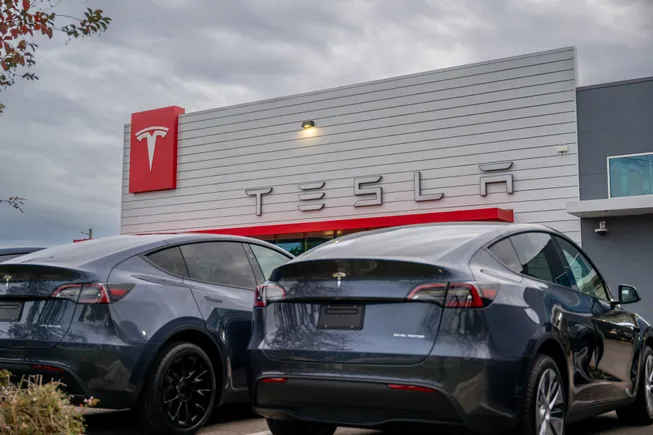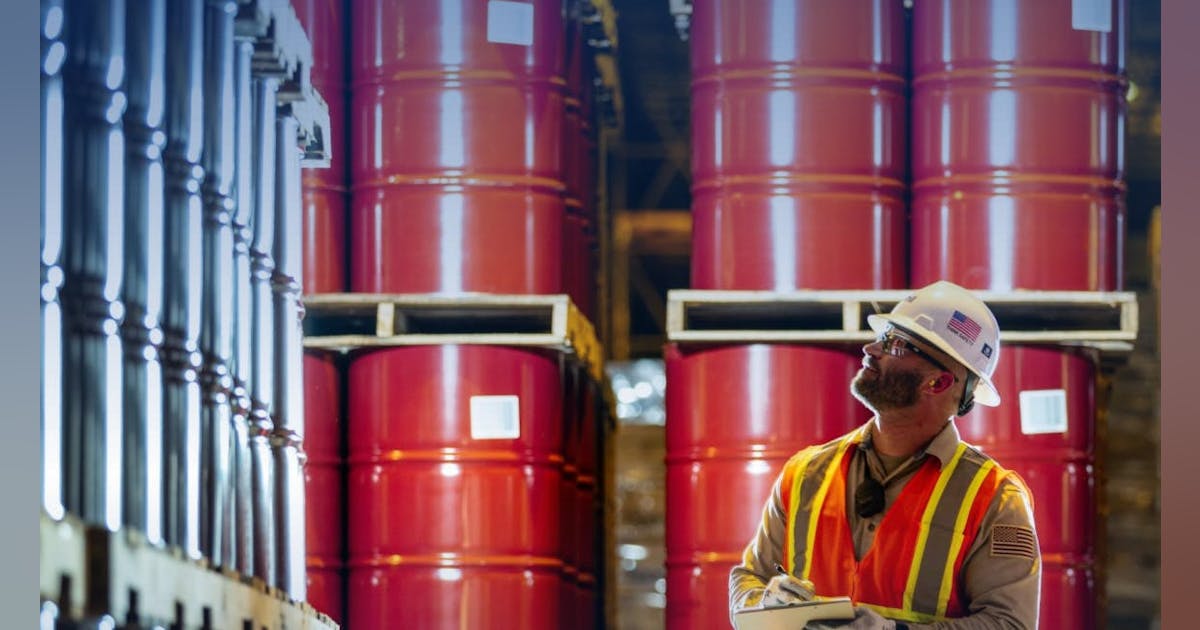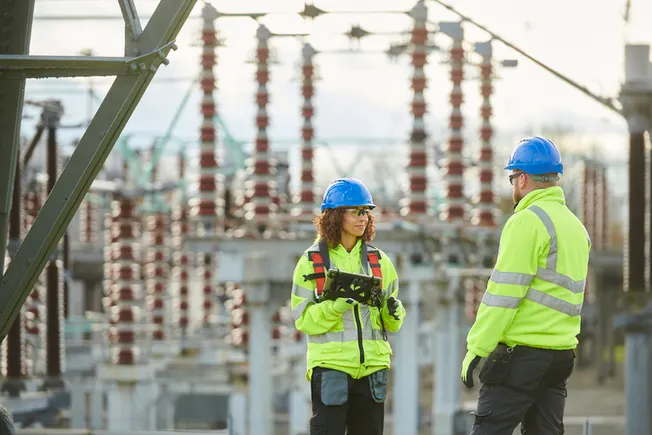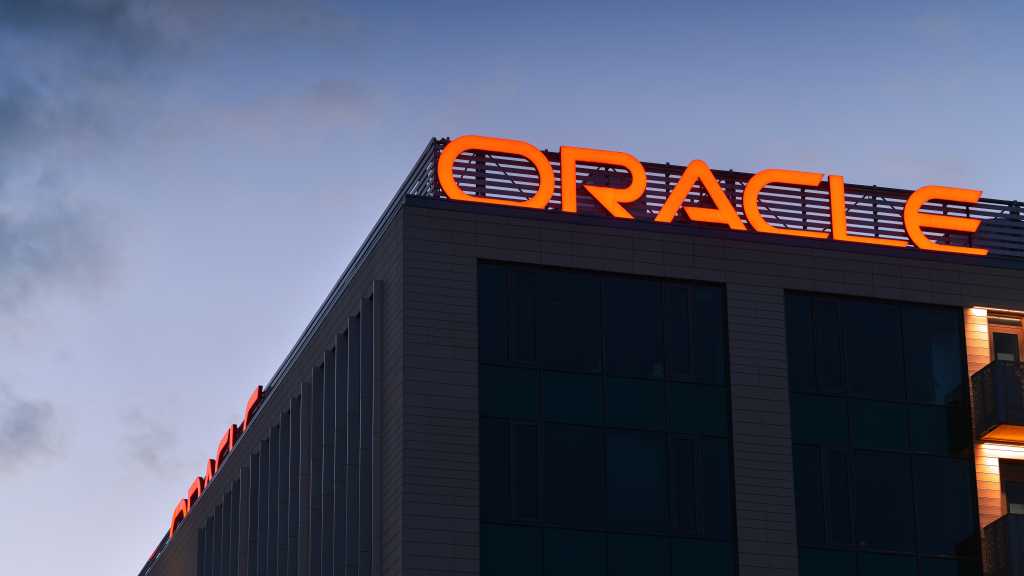
Dive Brief:
-
National nonprofits dedicated to promoting EVs have urged people in their networks to call their legislators and tell them they have benefited from federal tax credits for purchasing EVs, according to Stuart Gardner, executive director of Generation180.
-
Despite President Donald Trump’s vocal opposition to EVs, his executive order rolling back nationwide EV targets left the EV tax credits created by the Inflation Reduction Act intact.
-
Tax credits for the purchase of EVs may be more difficult to roll back than incentives for EV charging infrastructure—and the loss of infrastructure incentives could have a greater impact on the EV industry than losing the tax credits, according to John Higham of the Electric Vehicle Association.
Dive Insight:
Generation180, the Electric Vehicle Association and other national nonprofits say EV enthusiasts should contact their legislators and talk to them about how they have personally benefited from tax credits for electric vehicles in an effort to head off cuts to incentives that so far remain untouched by the Trump administration.
Despite the executive order ending EV sales targets, the Trump administration has left the 30D tax credit for the purchase of electric vehicles untouched — and revising the tax credit may require an act of Congress that could be difficult to push through the House, Higham said. With new battery and EV plants set to create jobs in states like North Caolina and Georgia, representatives from those districts are likely to feel protective of those particular tax credits, Higham said.
On top of this, the Trump administration has not altered a Biden-era policy on incentives for leasing electric vehicles. Higham described this as a likely oversight on the administration’s part, given that President Donald Trump could easily overturn the policy, which was based on the Biden administration’s interpretation of existing law.
The Trump administration’s spending freeze, which has impacted loans and incentives for EV charging infrastructure, is more concerning to the EV industry, said Higham, citing a Harvard survey of Electric Vehicle Association members that concluded that incentives for EV charging infrastructure have a greater impact on EV adoption than incentives for the vehicles themselves.
“It’s easier to [overturn incentives for charging infrastructure] because the money spigot doesn’t go to thousands of places, only a few dozen,” Higham said. “And it’s not $7,500 checks, it’s $1 million checks. It’s a lot easier to shut off, and it will have more of an impact.”
Even so, Higham and Gardner said, ending incentives for electric vehicles would likely only slow EV adoption, not stop it altogether. Sales of EVs hit a record last year, representing 8% of all new cars, and the vast majority of consumers who make the switch ultimately find they prefer an electric drive train and do not go back to gasoline vehicles with subsequent purchases, Gardner said. Consumers prefer EVs for the convenience and savings of decreased fueling and maintenance, Higham said.
“There are reasons why I say the electrification of transportation is inevitable,” he said. “Being green or better for the environment is what I call a happy coincidence. And I am being a little facetious, but that is not the reason why people are going to start driving electric.”
U.S. automakers are aware of this trend and have invested heavily in new battery and assembly plants — deals they are not likely to abandon, Gardner said. Members of the Electric Drive Transportation Association, including General Motors and Toyota, also called on the U.S. Department of Transporation earlier this month to resume funding for EV charging infrastructure. But Higham said he has heard from automakers who say that if the Trump administration does not reinstate the funds, they will find a way to raise the funds for the chargers themselves.
But the loss of federal incentives for the vehicles could still impact lower-income Americans who will be priced out of the market without the tax credits, Gardner said. Fewer incentives for EVs and manufacturing could cause U.S. companies to fall behind their overseas competitors, he said.
“I think there will always be an interest there to attract the U.S. consumer, but those incentives inspired us to build those factories and develop the workforce and really plan for long-term competitiveness,” Gardner said. “It doesn’t have to be a social change conversation. It can be a topic of innovation and competitiveness, and that’s how I think we should be thinking about EVs.”























